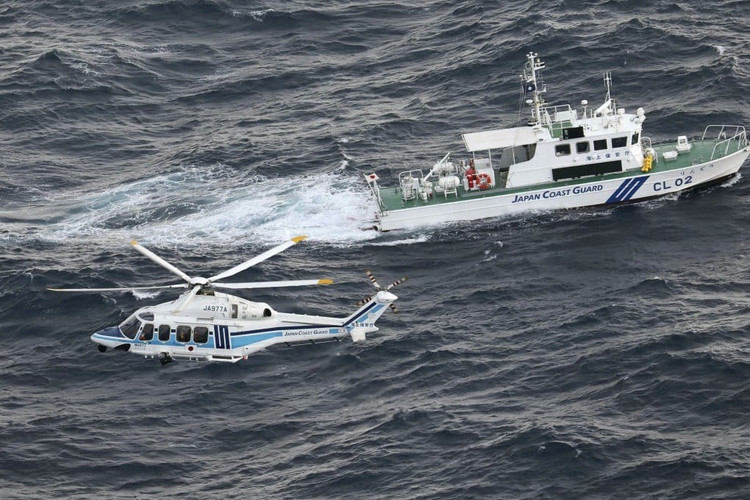
Japan is enhancing its maritime defense capabilities by integrating unmanned aerial vehicles (UAVs) into its naval forces, as part of a broader strategy to enhance operational readiness in an increasingly complex regional security environment, according to information released in the Japanese Ministry of Defense 's 2025 Defense White Paper on July 16, 2025.
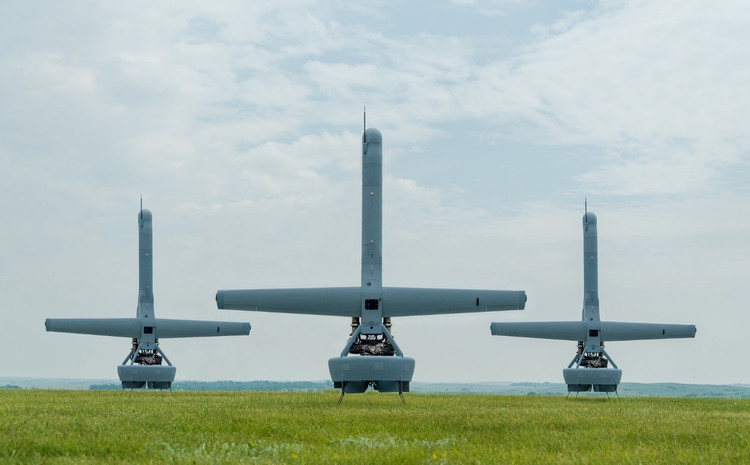
Japan plans to acquire six small shipborne UAVs in fiscal 2025, which ends on March 31, 2026. While the white paper did not specify a specific platform, US company Shield AI confirmed in early 2025 that its V-BAT UAV had been selected to operate on Japanese warships, FlightGlobal reported.
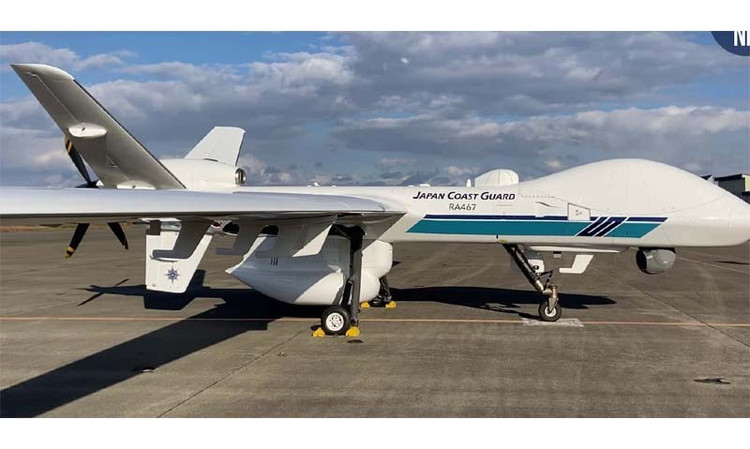
Japan's interest in UAVs is not limited to its navy. The Japan Air Self-Defense Force (JASDF) operates Northrop Grumman's RQ-4B Global Hawk for high-altitude surveillance, while the JMSDF uses General Atomics' MQ-9B SeaGuardian for maritime patrol missions.
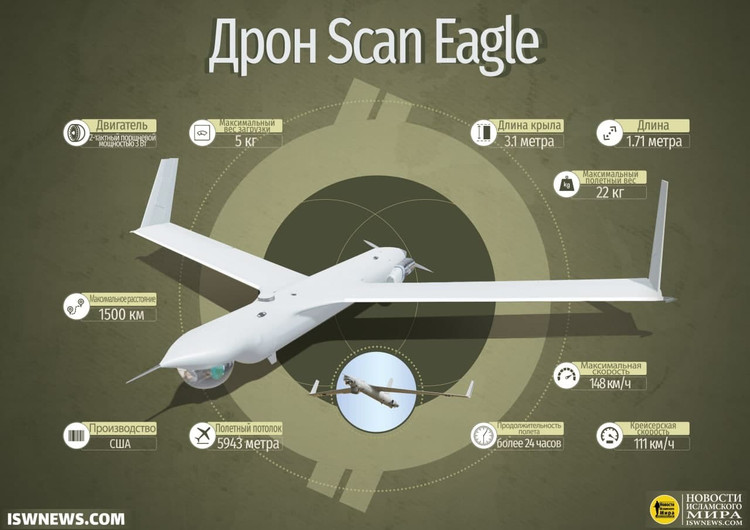
The white paper also mentions medium-altitude UAV capabilities, possibly referring to Insitu’s ScanEagle, which is used for intelligence, surveillance, and reconnaissance missions. These systems enhance Japan’s situational awareness and strategic reach across the seas.
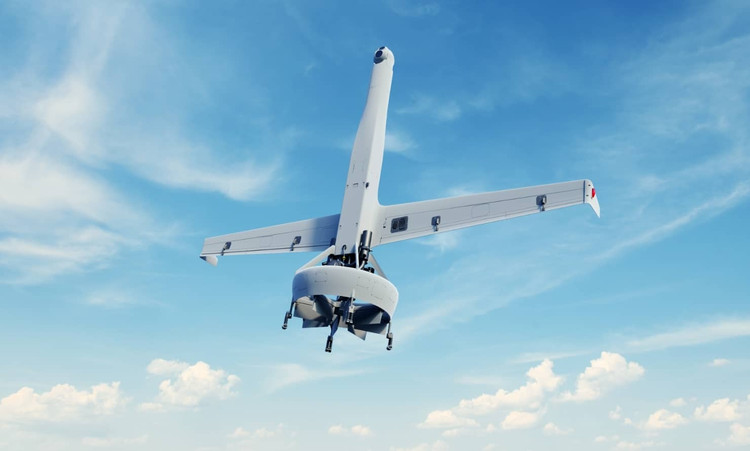
The Shield AI V-BAT is a vertical take-off and landing drone designed for reconnaissance, surveillance and targeting missions in competitive environments. Powered by a heavy-duty fuel engine, the aircraft has a flight time of over 13 hours and operates effectively in conditions without GPS and communication.
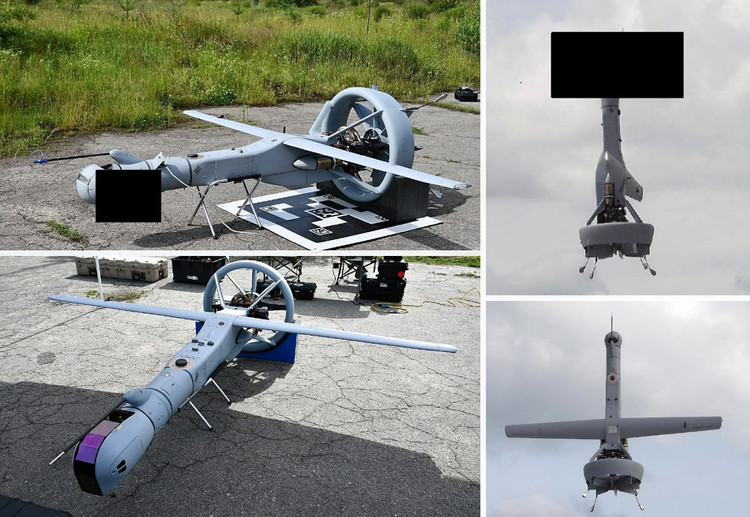
The blower design enhances safety in confined spaces such as ship decks. The V-BAT is equipped with advanced sensors including synthetic aperture radar (SAR), ViDAR AI-enabled optics, laser designators, and SATCOM for beyond-line-of-sight control.
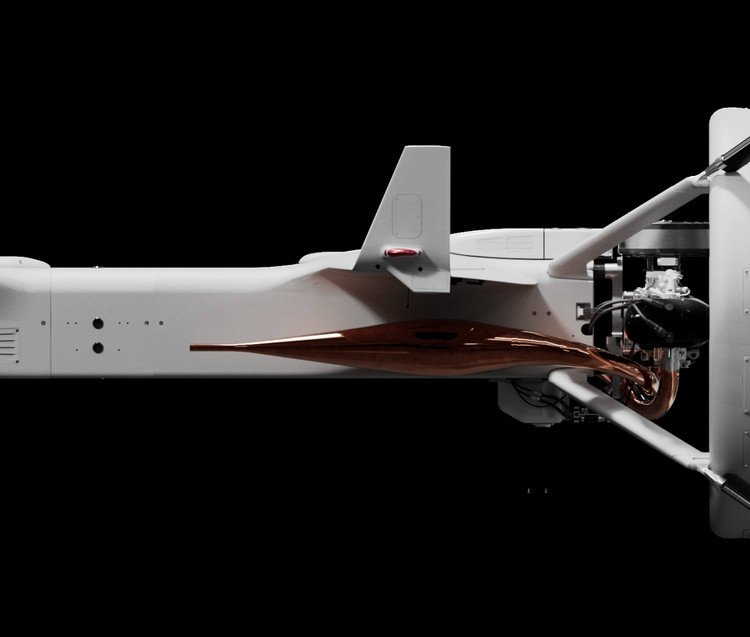
Designed to be modular and rapidly deployable, the V-BAT carries a payload of up to 18 kg and can be ready for a mission in less than 30 minutes. Already in use by the US Navy, Marine Corps and Coast Guard, it is suitable for both land and sea operations.
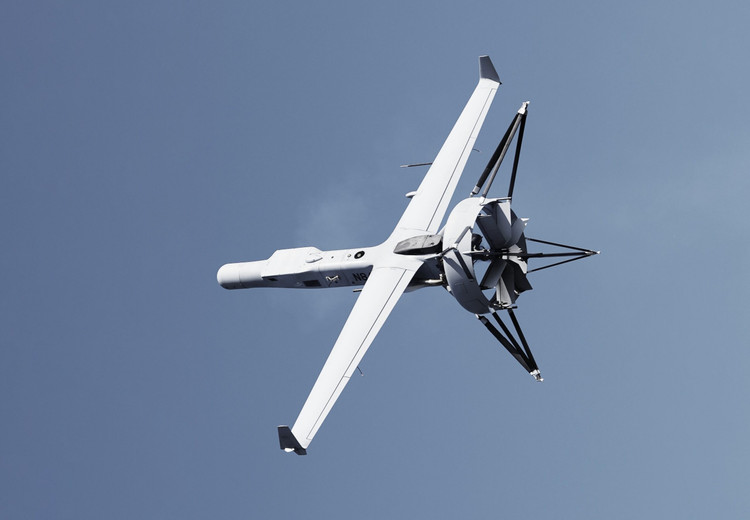
It provides advanced reconnaissance, surveillance and precision targeting capabilities, and is expected to be armed with kinetic munitions. Its maneuverable command capabilities and electronic warfare resistance make it a strategic weapon for modern forces.
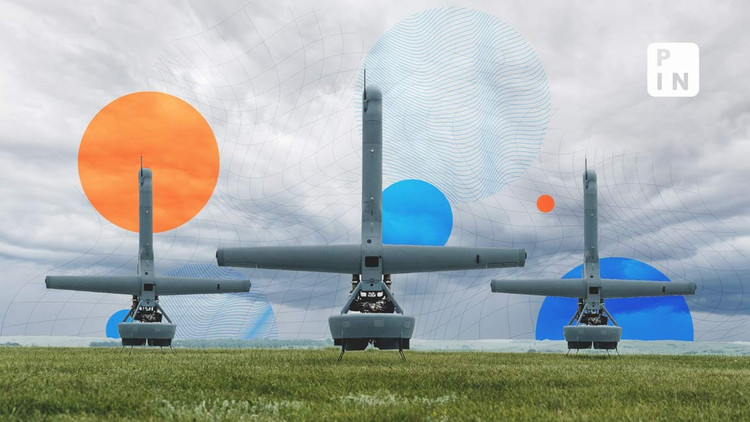
Japan continues to diversify its automation capabilities. Tokyo plans to acquire a small attack UAV capable of attacking vehicles and other ground targets, designed to operate alongside manned or unmanned platforms.
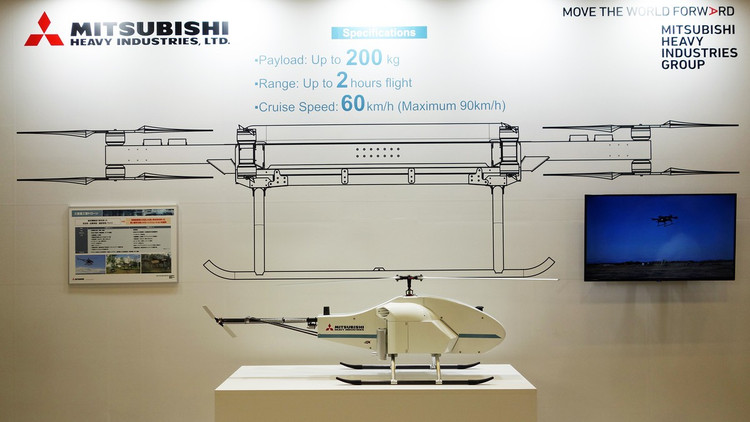
A transport UAV project led by Mitsubishi Heavy Industries is underway, including a mid-sized drone capable of carrying up to 200 kg of cargo, which was demonstrated in a disaster relief exercise in March 2025.
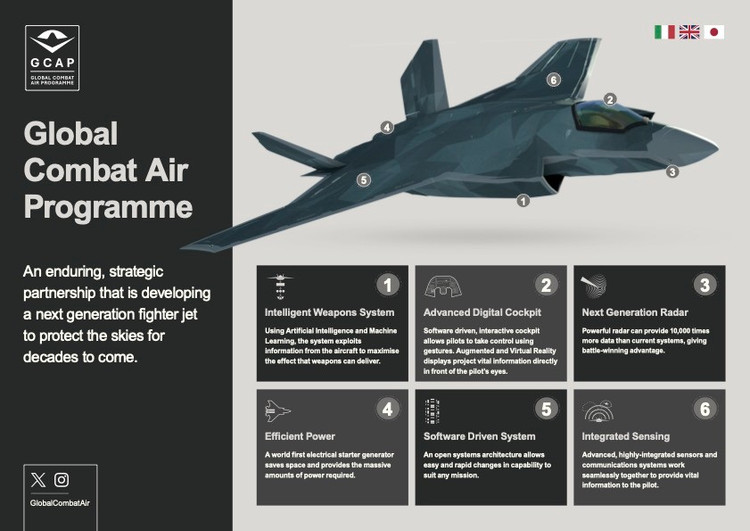
Japan is also investing in future air combat capabilities. As a key partner in the multinational Global Air Combat Program (GCAP) with the UK and Italy, Japan is developing an unmanned combat air vehicle (UCAV) designed to support sixth-generation fighters, scheduled to be introduced in 2035.
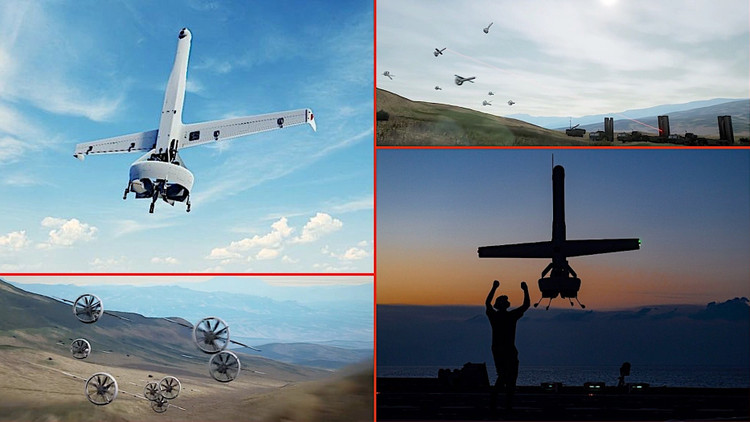
This loyal fleet will provide semi-autonomous support in attack and electronic warfare missions. Artificial intelligence (AI) is central to this strategy, with the White Paper highlighting its role in enabling autonomous UCAVs. The partnership with the United States continues to advance AI technology for future unmanned platforms.
Source: https://khoahocdoisong.vn/nhat-ban-dung-drone-cat-canh-thang-dung-giam-lanh-hai-post1555673.html


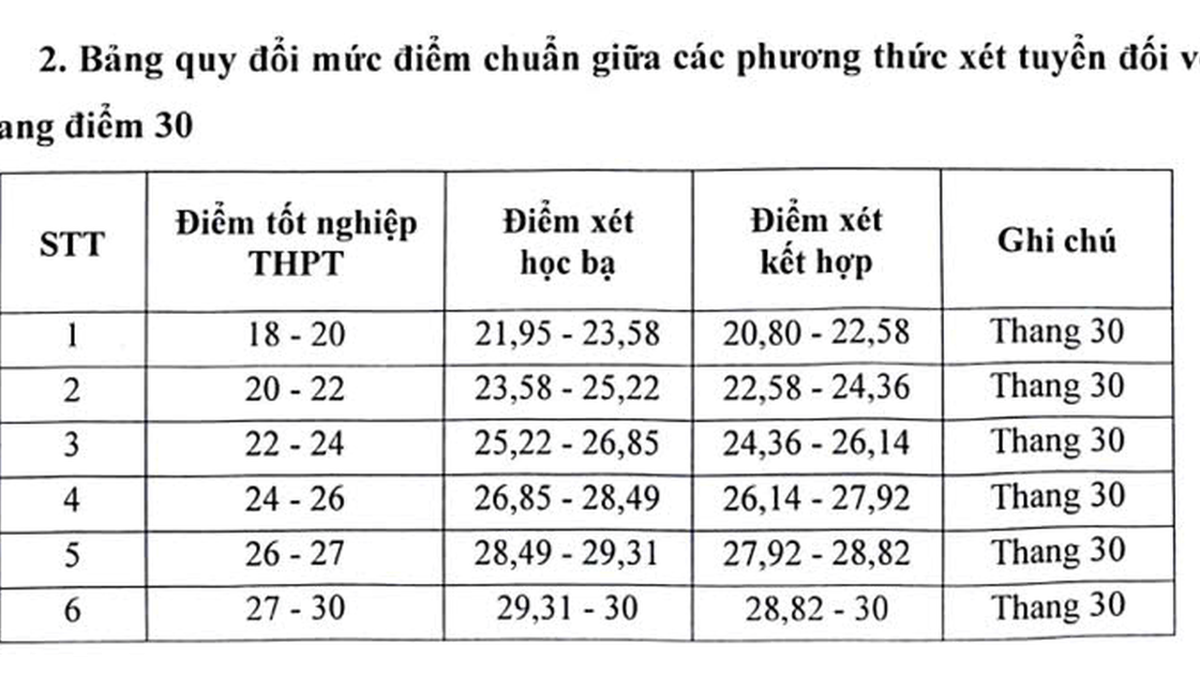

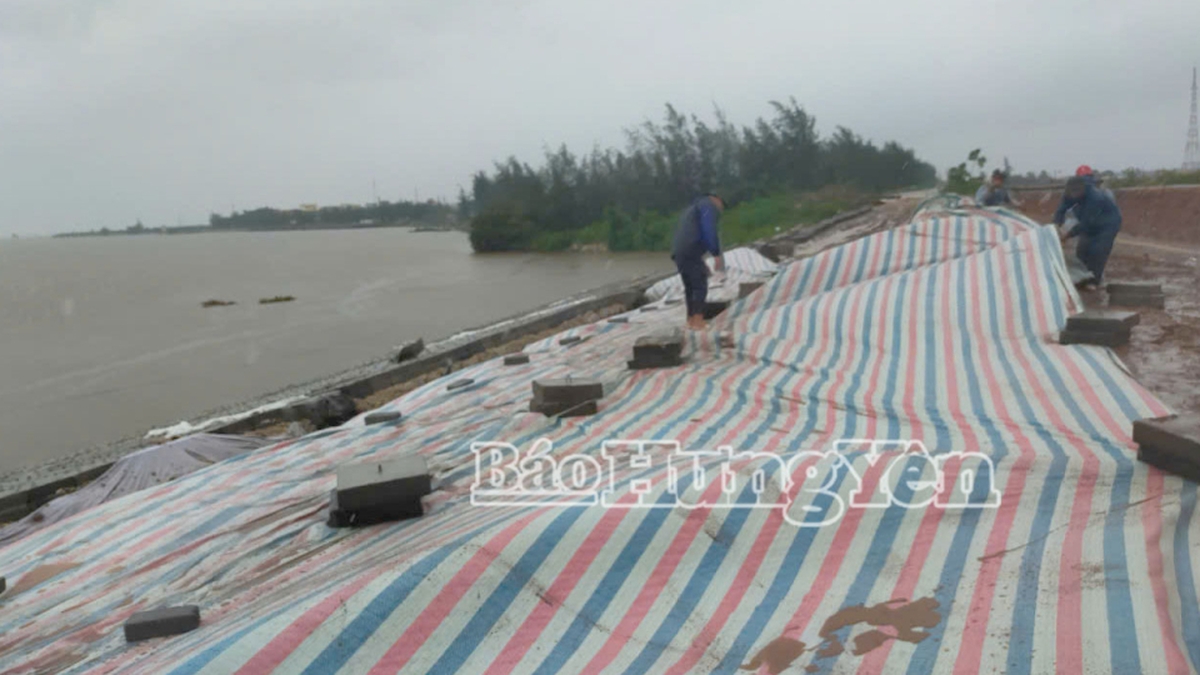
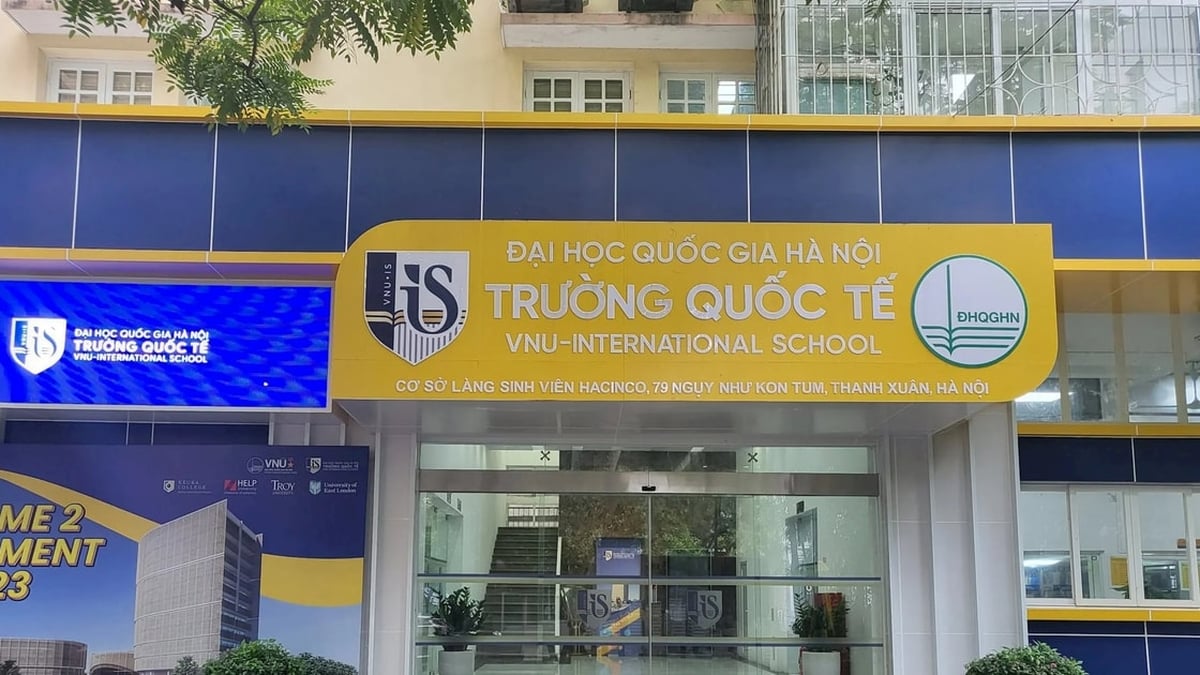
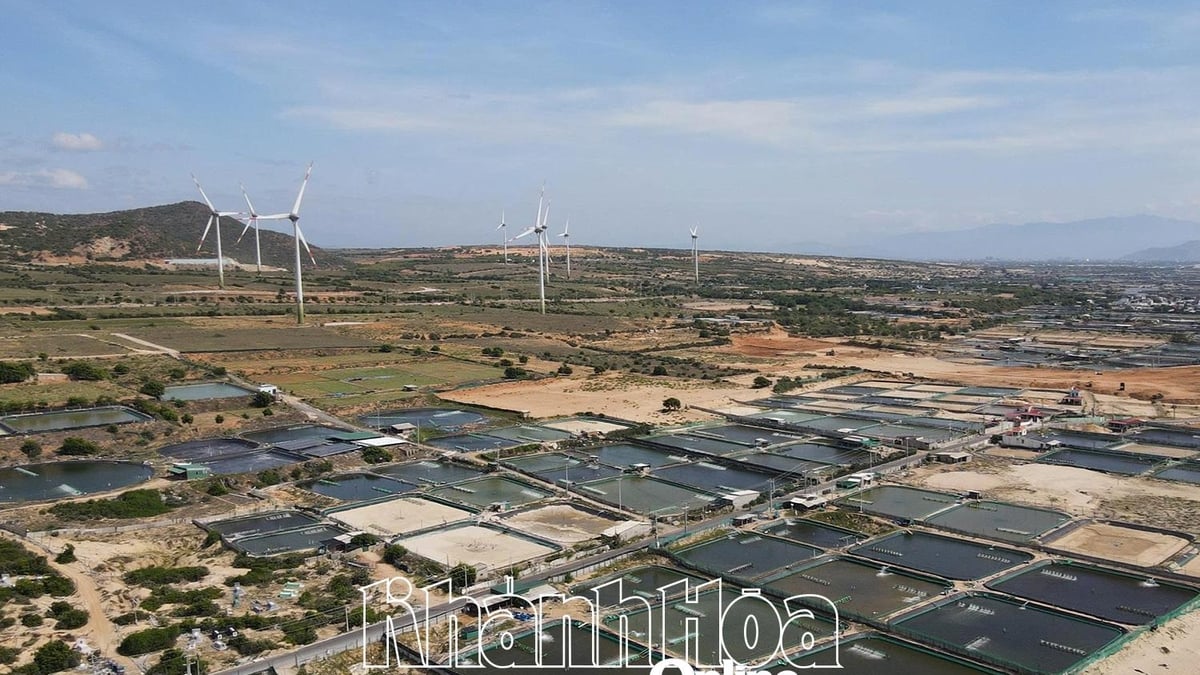


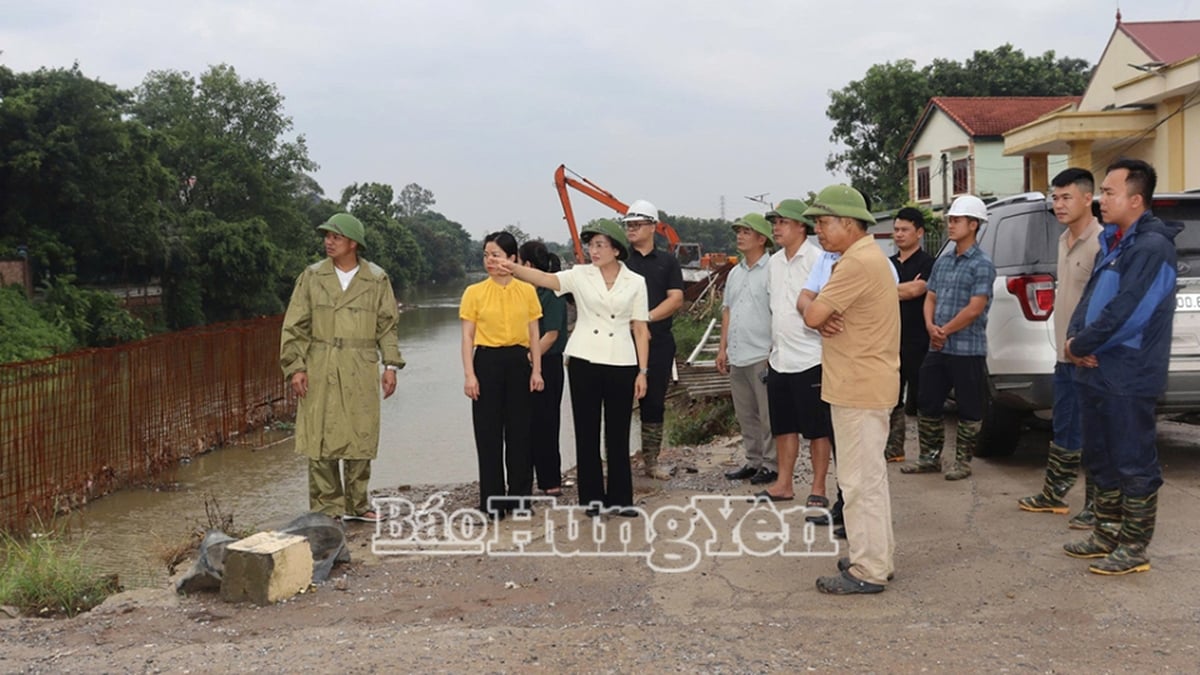
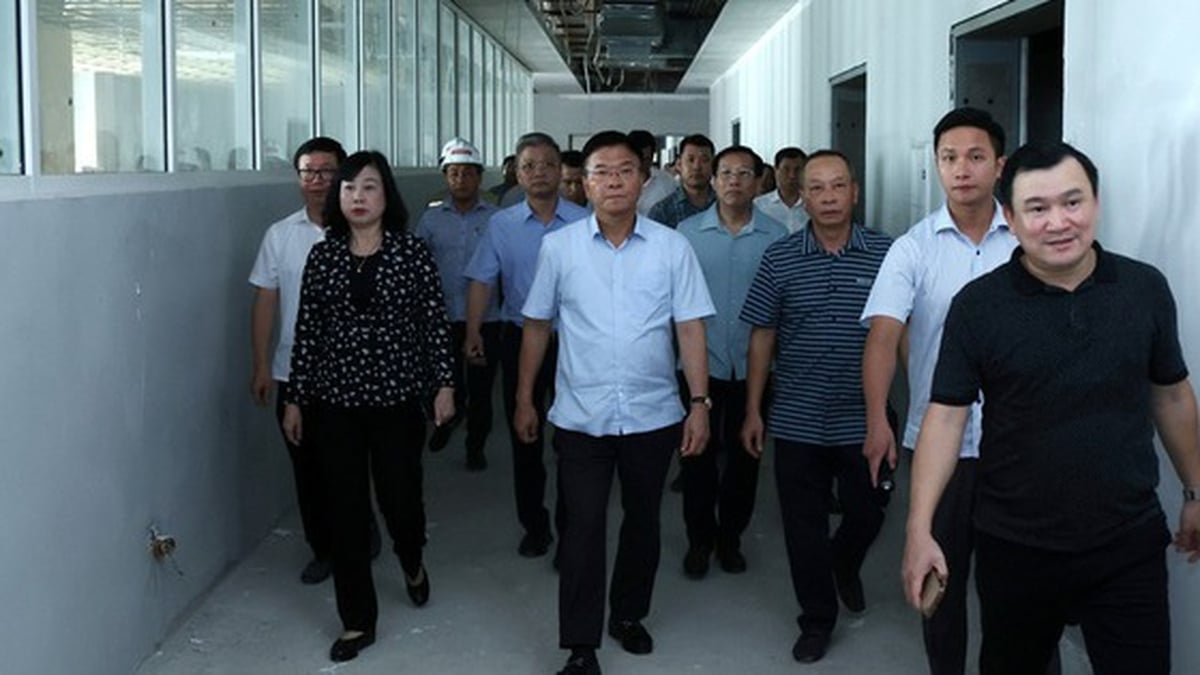














![[Photo] National Assembly Chairman Tran Thanh Man visits Vietnamese Heroic Mother Ta Thi Tran](https://vphoto.vietnam.vn/thumb/1200x675/vietnam/resource/IMAGE/2025/7/20/765c0bd057dd44ad83ab89fe0255b783)












































































Comment (0)